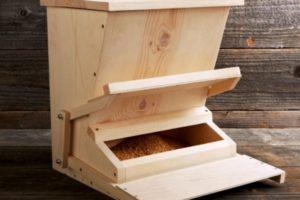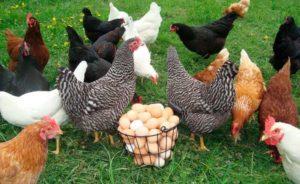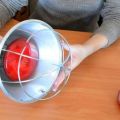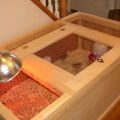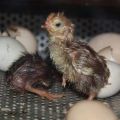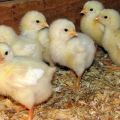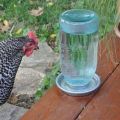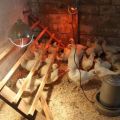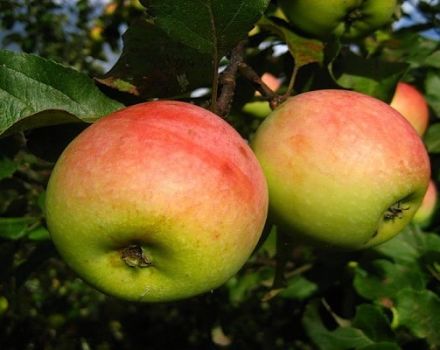Optimal temperature values for raising day-old chicks
When chicks are first born, they need special care. Their health at this time is fragile and vulnerable. It is important to maintain the optimum temperature for the chicks in order for the chicks to grow up healthy and better adapt to independent living. When they are raised by a brood hen, she provides the temperature they need for development. For those chicks that are raised separately, the necessary conditions must be created artificially.
Major causes of death
When chickens are born and the hen does not take care of them, then with insufficient care, the death of the feathered livestock is possible.
This happens for the following reasons:
- With improper care of chicks.
- If the diet is wrong, then it is just as dangerous for them.
- The internal organs of the chicken are very delicate. At the slightest damage, they are in danger of life. One potential danger is stomach blockage. For example, this will happen if a pebble is swallowed.
- Due to weak immunity, infectious diseases can be fatal. Usually at this age, treatment is ineffective. Only preventive measures are usually applied here.
- Pullorosis infection occurs at the stage of development when the egg matures. Then a sick chick is born. Almost everyone infected with the disease does not survive.
- Sometimes, with insufficient care, the chickens begin to peck at each other. First, the chicks pull out each other's feathers, then they hurt with bites, pinching off pieces of the body. After that, infection usually occurs and the chicks die.
- Foods in the diet may contain pesticides that are harmful to chickens. If an inexperienced farmer fed the birds with greens, on which pesticides remained, then this threatens them with death. Symptoms of poisoning include the following: body parts turn blue, wings drop, birds die from suffocation.
- If the diet lacks vitamins A and B, there is no calcium and phosphorus in the required amount, then the chickens develop toxic gastric dyspepsia. In the initial stage, the temperature rises, the chicks go sleepy and lower their wings. Death occurs as a result of muscle cramps.
- If chicks eat only soft food and do not receive solids in their food, this will lead to stomach atrophy. This is expressed in the following symptoms: the birds have a strong thirst, the chicks walk crumpled, lose weight. If you do not take any measures, then death comes.
Chickens have a very weak body.To help them survive, it is necessary to take good care of them, providing them with everything they need.
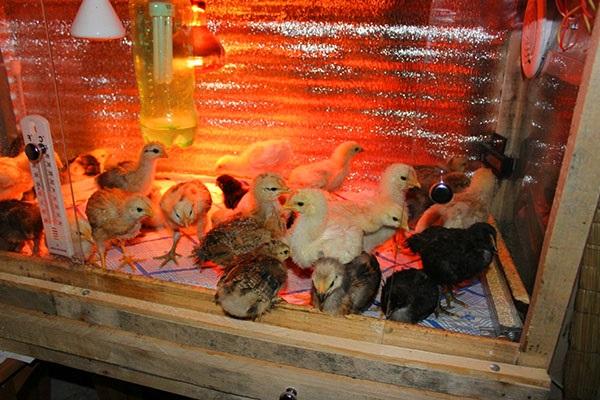
Broiler chicks temperature
When chicks are born, the chicks do not leave the brood for the first three days. Then they are given the opportunity to go out into the fresh air. In this case, the temperature regime for the chickens is provided by the mother.
However, when chicks are reared in an incubator, this is not an option for them. They have no natural resistance to fluctuations in temperature and humidity.
The daily temperature for rearing chicks should be set in accordance with the table:
| Chick age (days) | Temperature |
| 1-5 | 24-26 |
| 6-12 | 22-23 |
| 13-20 | 21-22 |
| 21-30 | 20-21 |
| 31-63 | 16-19 |
| Over 63 | 16 |
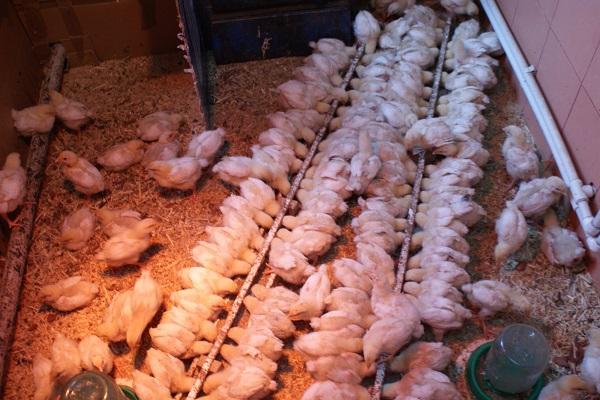
To control the temperature, place a thermometer slightly above the bedding on which the birds are.
It is helpful to observe the behavior of the chicks. If they are feeling good, you can see their energy. In order to make informed conclusions on the basis of this, you need to take into account the breed and age of the birds.
If they are cold, the chickens begin to stray into groups, trying to keep warm. When the chicks are hot, they drink a lot, bristle their feathers, try to stay away from others and try to stay in the corners of the cage in order to cool off.
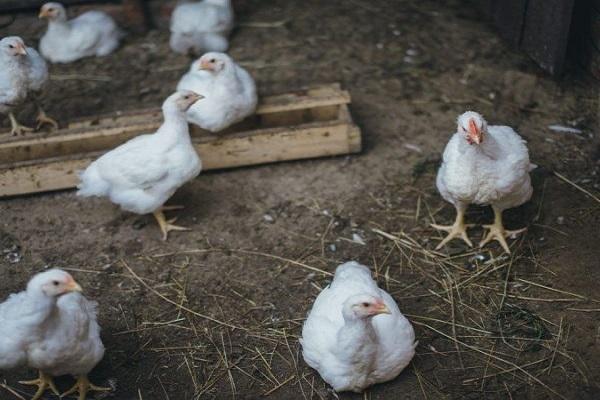
Chick heating system
The following methods can be used to heat birds:
- Water heater.
- An electric heating pad that must be protected from moisture.
- Warm water bottles can be used. To heat chickens with them, you need to wrap them in several layers of cotton wool, cotton or woolen fabric.
- The temperature rise can be carried out using incandescent lamps.
- Reflectors can be used provided they are not accessible to chicks.
When organizing heating, it is important to ensure the safety of the chosen method for the birds. It is important that they do not burn themselves or damage the device used for heating.
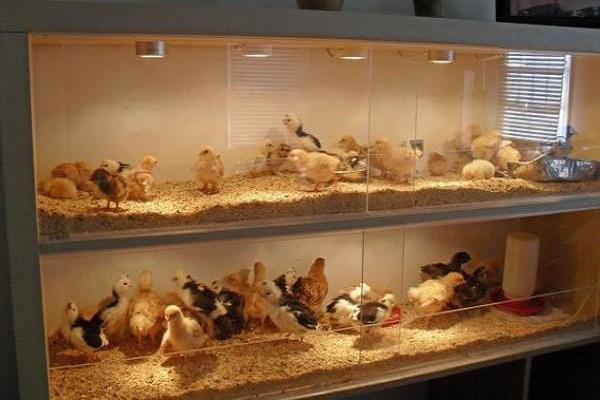
Light mode
It is important for new-born chicks to provide not only adequate heating, but also adequate lighting. Having a continuous supply of light throughout the day helps to increase chick activity. In this case, the duration is gradually increased so that after two months the duration of the continuous light period is 8-10 hours.
If possible, it is recommended to organize outdoor walks in direct sunlight during this time.
This will not only help to harden babies, but is also an effective way to prevent rickets.

Using red heating lamps
Red heating lamps are effective if they are safe to use.
It is important to do the following:
- The lamp must have reliable protection against moisture penetration.
- It is important during use that this device is not subject to shock.
- Birds should not be able to exert any physical influence on the heater.
- The risk of fire must be excluded.
Such devices must have a reliable and robust design that meets the specified requirements.
The red lamp installed in the house should be covered with a metal mesh protective cover.
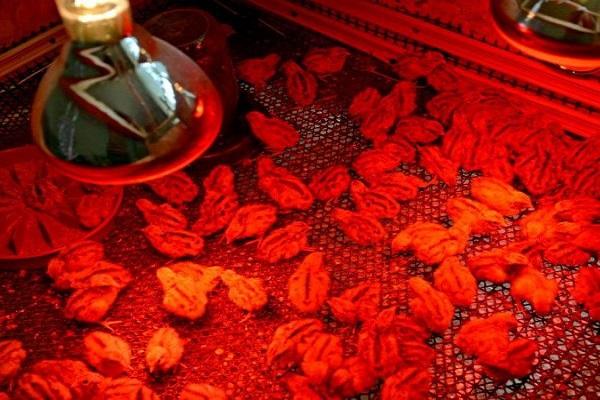
It is hung and fixed on the wall.
Several variants of such a device can be seen on sale.
Available in red or clear. The second option is more versatile due to the fact that it provides not only heating, but also the supply of light. The red lamp has not only high power, but also a long service life (usually it reaches 5 thousand hours). Such characteristics make it possible to be sure that the lamp will conduct, heating properly and will not fail at the wrong time.
You can use a ruby dome lamp to maintain the desired temperature. They heat up almost instantly. Since this device has high reflective characteristics, it is able to save a third of the incoming electrical energy.
When installing, you must carefully choose the attachment location. The fact is that the thermal and light conditions created for the chickens will significantly depend on the height..
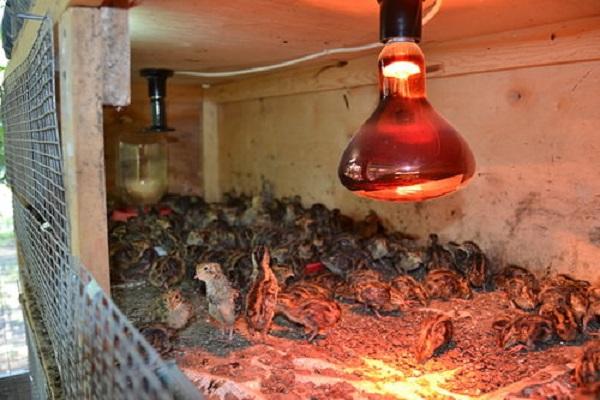
It is customary to adhere to the following rules in this case:
- From the moment the chicks are born until the age of one week, the recommended setting height is 50 centimeters.
- For the next two weeks it is recommended to use a height of 75 centimeters.
- The rest of the time, a lamp attached at a meter height will provide the chicks with enough heat.
With the rise, the heating force will decrease, and the area on which the impact is carried out will become larger.
When using these lamps, chickens receive light that is close to the sun's characteristics, including the presence of infrared radiation. It stimulates chicks to grow and be active.
How many chickens to keep in a brooder
It is recommended to keep 20 chicks in the brooder for the first week. Gradually, the chicks will grow and they will no longer have enough space. By the end of the first week, only 10-13 chicks can be accommodated in this box. After 3-4 weeks, the birds are transferred to a regular cage.
Conclusion
When raising chickens without a brood, it must be borne in mind that they are very vulnerable. In order for them not only to survive, but to be healthy and grow well, it is necessary for them to create all the conditions accompanying development. The presence of high-quality heating is one of the most important factors for the full growth of chickens.
